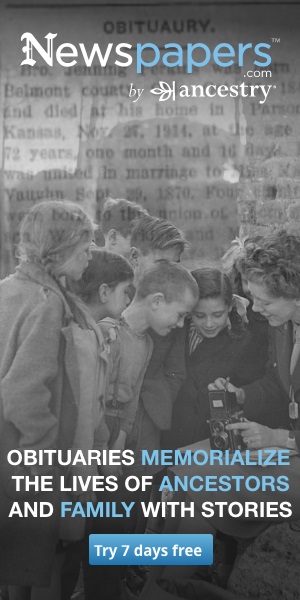DID FIRST CHRISTIAN BAPTISM IN AMERICA TAKE PLACE NEAR HERE?
Did Spanish Priest Immerse Two Indians Near Present-day Jacksonville, Ga.?
This is is the second article of a series written to celebrate the history and events of old Jacksonville, Georgia and its Heritage Day on June 26.
This article is compiled by Julian Williams.
Today we go a long way back. Further back than Jamestown of 1607 or Plymouth Rock of 1620 or even the oldest city in the United States - St. Augustine, 1565.
We go back to the dim mists of our history - a time when prehistoric Indians roamed and hunted and lived where we live now - around the Ocmulgee River in a sagging crescent known as the Big Bend, the part of the river that was to become in time the dividing line between two Georgia counties - Telfair and Coffee.
But in 1540, it was the arena into which marched one of the most colorful figures in history - Hernando de Soto, Spanish soldier of fortune and hardened explorer.
Can you picture him and his Spanish army of some 600 or more soldiers, 12 priests, assorted Indians and other servants, 13 pigs, bloodhounds, Irish wolfhounds and over 200 horses? Slashing at thick briers and crossing muddy swamps and swollen streams in their heavy suits of armor?
But this did not stop De Soto; he had tasted the great wealth of the Incas and he wanted more.
His was a mission of glory, gold and God but he probably had gold more in mind when he relentlessly "inquired" of the natives concerning the "golden land ruled by a woman"!
We have to keep in mind that De Soto's "inquiries" were the kind used in the Spanish Inquisition (religious torture).
De Soto's route through Georgia continues to be a subject of debate and speculation.
It seems no one knows the exact path of this expedition.
Collier's Encyclopedia states: "He followed the Florida coast from Tampa Bay to about Tallahassee and then turned northeast to the Savannah River, which he followed generally through the Blue Ridge country --".
Fussell Chalker said the site of the crossing of the Ocmulgee could have been south of present-day Abbeville.
Other historians mention "a considerable stream" which flowed eastward.
As we know, the Ocmulgee in the Big Bend flows eastward!
In fact, above the Big Bend the river takes a northwesterly direction and below this area it flows northeasterly.
Floris Perkins Mann is even more definitive in her History of Telfair County: "The most authentic record of the march of the great explorer, DeSoto, shows that he and six hundred followers, many of whom were the flower of nobility of Spain and Portugal, discovered the Ocmulgee River and camped for a time on her banks - at the ancient Indian village where the town of Jacksonville, Telfair County, is now located."
She goes on to say that Bishop Keily issued a public statement from Catholic records that supports the event of the first baptism in America.
It is related that two Indians with De Soto, named Mark and Peter (names given them by the explorers), were baptized in the river by a Dominican priest accompanying the expedition. It seems that Peter had been attacked one night and was beaten by some group (which he thought included the Devil!).
Wanting to keep his promise to De Soto to lead him to the golden land (land of the gold), Peter issued a plea to be baptized, feeling this would give him the strength needed to accomplish his mission and would place him in a religious state similar to that of his traveling companions (the Spanish conquistadores).
Truth known, he was probably more afraid of De Soto than the Devil!


